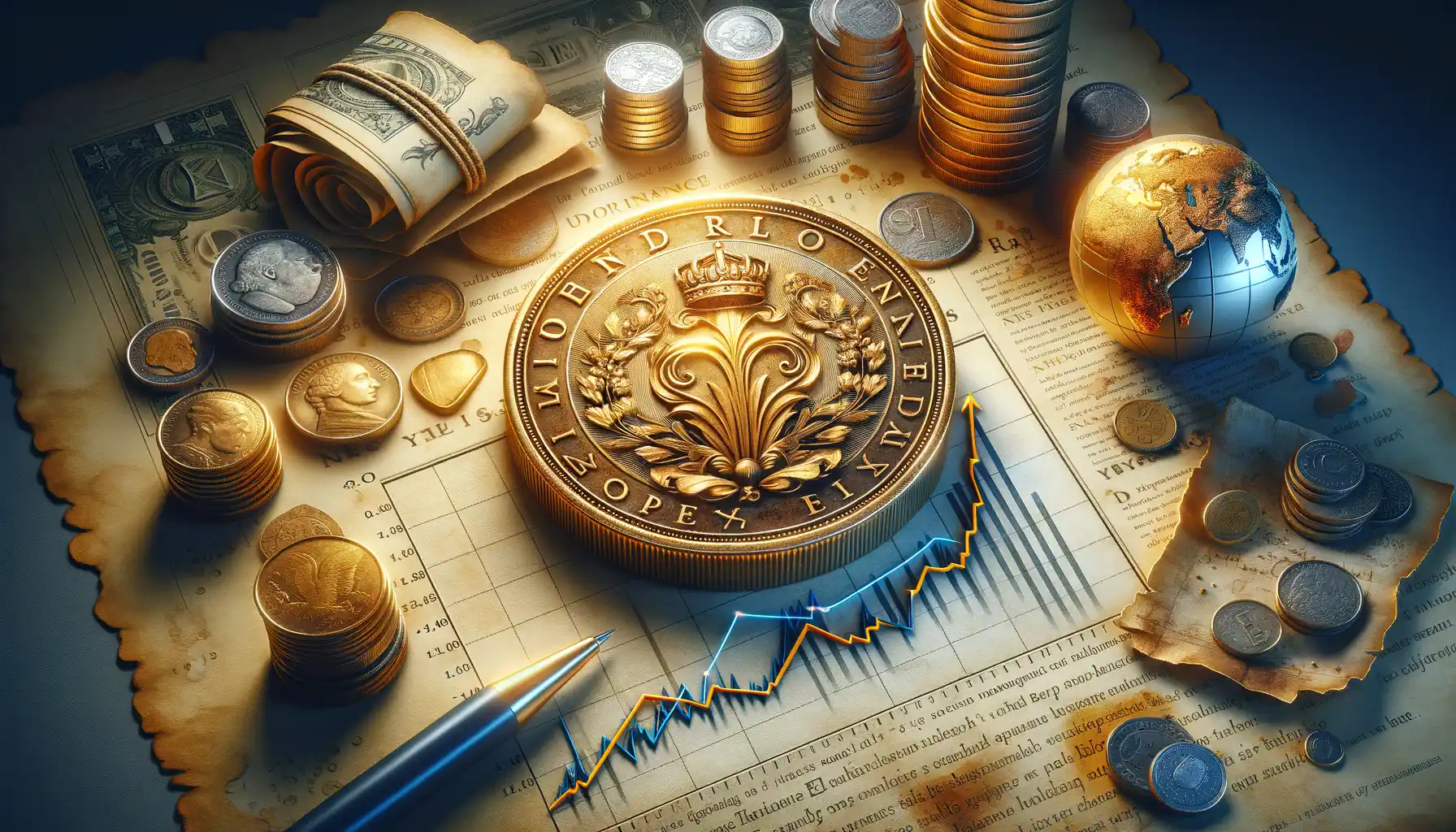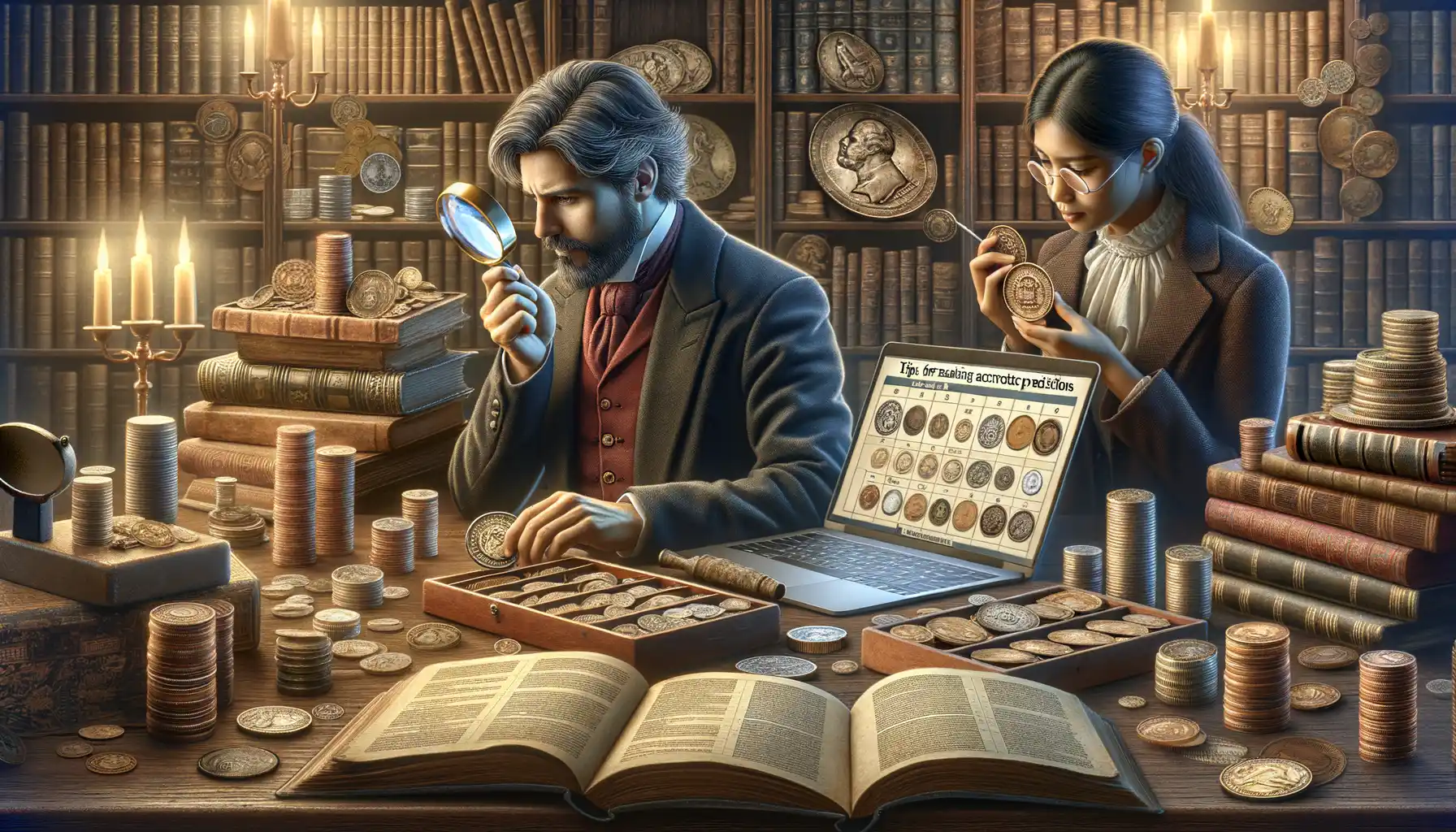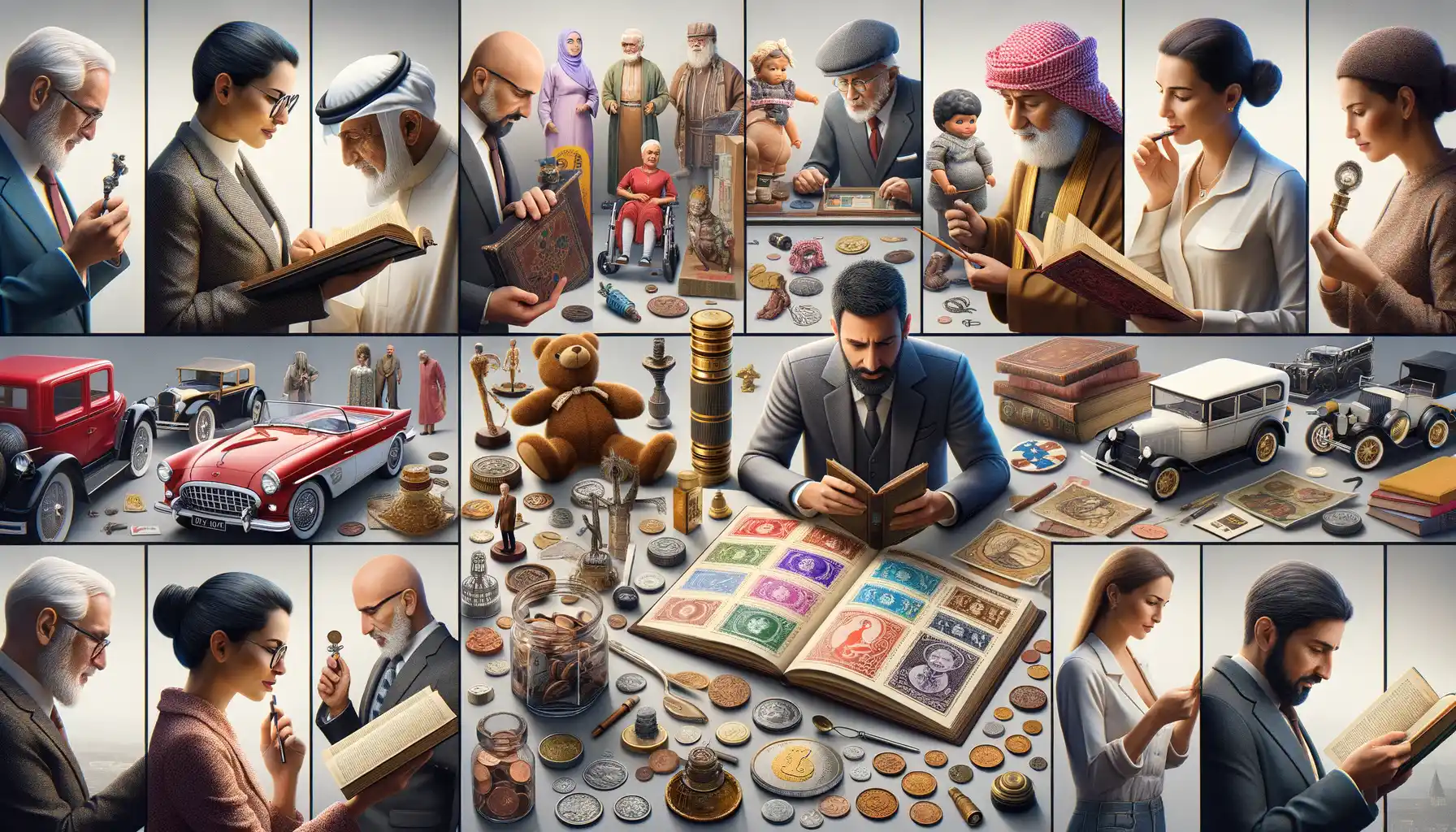Understanding the Basics of Commemorative Coin Values
Are you fascinated by the shimmer of history and artistry wrapped up in a commemorative coin? If you’re nodding, you’re not alone. Understanding what makes these little metal masterpieces tick is like peeling back the layers of a story where value meets sentimentality.
What Really Gives a Coin Its Worth?
A commemorative coin’s value isn’t just about its face value or weight—it’s a mosaic where different factors come into play. For starters, rarity steals the show. A coin minted in limited numbers, like the 1935 Connecticut Tercentenary half dollar, often sparks a collector’s desire. Then there’s condition; a coin straight from the mint in pristine brilliance (what collectors dub as “mint state”) will naturally fetch more attention than one scuffed up by time.
And let’s not forget the materials—gold, silver, or even platinum coins are prized for their intrinsic worth. But beyond the physical, some coins carry emotional narratives. Take, for example, commemorative coins honoring historical events like World Wars or legendary figures like Martin Luther King Jr. These coins evoke passion and patriotism, making their value soar beyond mere dollars and cents.
Small Details, Big Impact
When inspecting a coin, look out for:
- Mint marks: That tiny stamped letter can mean huge value differences.
- Date errors: Rare printing mistakes, like doubled letters or numbers, can make your coin the jewel of any collection.
- Design elements: Unique engravings or lost art styles can send a connoisseur’s heart racing.
Every commemorative coin whispers a tale. The trick is in listening closely enough to uncover its hidden treasures. So, what will your next discovery be?
Key Factors Influencing Coin Value Trends

The Tale Told by Rarity
Ever wondered why some coins seem to hold the magic of escalating value while others languish in the shadows of mediocrity? One word: rarity. The scarcer a coin, the more collectors swoon over it—and trust me, they’ll pay handsomely for that exclusivity. Picture this: a commemorative coin issued in limited numbers to honor an event like the moon landing or a beloved monarch’s jubilee. Limited supply, high demand—it’s like pouring gasoline on a fire when it comes to value trends.
But here’s the twist: rarity isn’t always just about production numbers. A coin may become rare because many were melted down, lost to time, or damaged beyond repair. Suddenly, your pristine piece becomes a unicorn.
- Error coins: Minting mistakes like double strikes or misalignments create accidental masterpieces that collectors crave.
- Low mintage: Coins produced in tiny quantities are golden tickets for skyrocketing value.
- Surprise demand: Cultural events or anniversaries can turn a forgotten coin into the latest obsession.
The Emotional Tug of Historical Relevance
A commemorative coin is more than metal; it’s a frozen moment of history. Take, for instance, the 1969 Apollo 11 commemorative editions. Sure, they’re shinier than your average quarter, but their power lies in the story they carry—humanity reaching the moon. When a coin aligns with collective nostalgia or pride, its worth often skyrockets.
Collectors aren’t always logical—sometimes they’re romantics. It’s not just “a coin”; it’s holding the past in your palm. So next time you examine a commemorative piece, think beyond its gleam. Is it whispering stories people want to hear?
Analyzing Historical Data for Better Predictions

Unearthing the Secrets of Past Coin Trends
Imagine holding a magnifying glass to history, uncovering the whispers of past collectors and market movements—this is what analyzing historical data feels like. To predict where a commemorative coin’s value might head next, you first need to understand where it’s been.
Historical data is your treasure map. Look at auction records, sales charts, and past price fluctuations. For example, did the value of a coin spike during a certain anniversary or economic event? Patterns often leave behind breadcrumbs.
- What years were particularly strong for your coin type?
- How did scarcity impact its trajectory over time?
- Did a famous collector sell one recently, shaking up demand?
Small details can tell big stories. For instance, the 1936 Long Island Tercentenary half dollar saw a swell in interest during major U.S. patriotic surges. This nugget of knowledge could inform how future civic events might affect similar coins.
Reading Between the Numbers
Data isn’t just numbers—it’s the voice of the market. Dive beyond raw stats and ask, “Why?” Why did that coin rise in value just before a major exhibition? Or why do prices slump after mint anniversaries?
The key? Stay curious. Historical analysis isn’t about crunching numbers; it’s like piecing together a mystery that only the most determined mind can crack.
Tools and Resources for Tracking Market Trends
![]()
Unleashing the Power of Digital Tools
When it comes to tracking market trends in commemorative coins, gone are the days of flipping through dusty catalogues or relying on gut instinct alone. The digital age has blessed us with a treasure chest of tools that make market analysis feel like wielding a superpower.
Start with platforms like NumisBids, which not only compile auction results but also provide insights into pricing trends over time. Pair that with online marketplaces such as eBay or Heritage Auctions, where you can track real-time demand and spot patterns in listing prices. Embrace these tools, and you’ll feel like Sherlock piecing together clues from the data.
For a more nerdy deep dive, consider subscriptions to services like PCGS Price Guide or NGC Coin Explorer. They offer charts, rarity indexes, and population reports at your fingertips.
- Set up price alerts on your favorite marketplace.
- Use Google Trends to monitor spikes in search interest for specific coins or historical events tied to them.
Don’t just skim the surface—master these tools, and soon you’ll read the market like an open book.
Community Wisdom: Your Hidden Weapon
Never underestimate the power of collective knowledge. Joining communities like Cointalk.org or engaging in Facebook groups dedicated to numismatics can be a game-changer. These spaces are like bustling bazaars, full of chatter about hot coins and sneaky market shifts.
Experienced collectors often drop golden nuggets of information—sometimes unknowingly! Pay attention to discussions about mint errors, rare releases, or even upcoming anniversaries of historical events. These factors can send demand soaring overnight.
Imagine this: You’re scrolling through a forum, and a seasoned collector casually mentions how the release of a new documentary is driving interest in early 20th-century coins. That’s the type of intel no algorithm can match!
Tips for Making Accurate Predictions in Coin Valuation

Focus on the Bigger Picture, Not Just the Shine
Predicting coin values isn’t just about admiring how dazzling a coin looks under the light—though, let’s admit, that sparkle can be captivating! It’s about piecing together a giant puzzle where every detail matters. Start by considering the historical significance behind the coin. Does it commemorate an event people deeply connect with, like a war victory or a royal milestone? Coins tied to emotional, nostalgic moments often capture collector attention—and their wallets.
Another secret weapon? Staying ahead of the competition. Watch how coins of similar themes or designs have performed over time. For example, if a specific coin honoring aviation pioneers soared in value, future releases within that niche might also take off.
- Research trends: Use auction data, numismatic forums, and even niche collector groups on social media. Being in the loop is half the battle.
- Anticipate demand: Is the coin honoring someone or something gaining spotlight in pop culture or media right now?
Mastering Timing: The Invisible Edge
Timing is everything. Just like stocks, coin values can skyrocket—or drop—based on market mood. Pay attention to anniversaries or global events connected to your coin’s story. For instance, historical coins marking the end of World War II gained value during the war’s 75th anniversary. Capitalize on these moments of renewed interest, but don’t get swept up in the hype. If everyone’s buying, you may already be too late.
And remember: Patience is golden (or silver). Market dips might tempt you to sell in haste, but holding onto the right coin at the right moment could yield far greater rewards.




